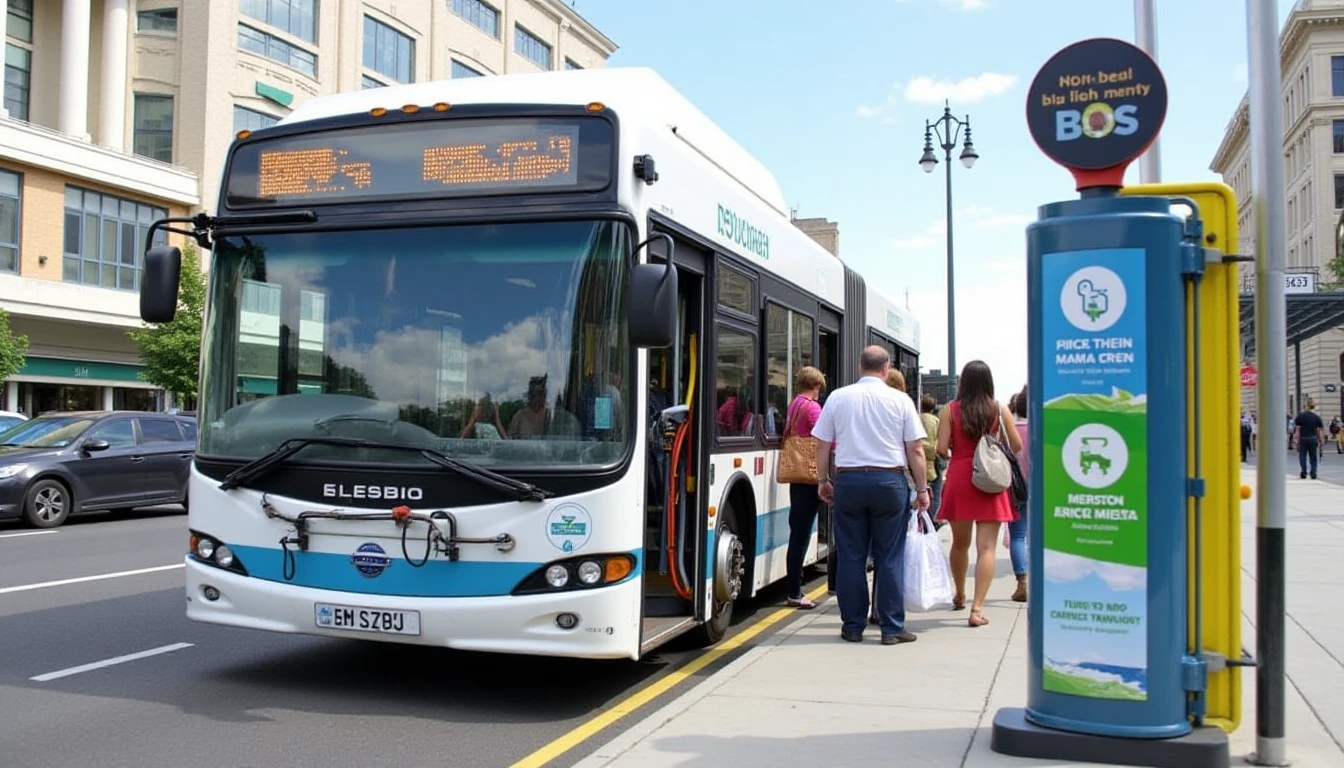Understanding Visa-Free Zones
Visa-free zones offer an unparalleled opportunity for travelers to explore multiple countries without the need for cumbersome visa applications. These areas consist of a group of countries that have agreed on mutual travel arrangements, allowing citizens from participating nations to enter and exit freely within the zone. This arrangement not only simplifies the travel process but also promotes tourism by reducing administrative barriers.
One of the key benefits of these zones is the ease they provide in planning multi-country itineraries. Travelers can now design their trips with greater flexibility, knowing that they won’t be hindered by visa requirements at each border crossing. This freedom allows for spontaneous decisions and last-minute changes, which are often a hallmark of more authentic travel experiences. For instance, a traveler in Europe could decide to extend their stay or visit an additional country based on the whim of the moment without worrying about visa complications.
However, it is crucial for travelers to be well-informed before setting off into these zones. Each zone has specific rules and regulations that govern the duration of stay, the number of countries one can visit, and the overall length of their trip within the zone. For example, while some visa-free agreements allow visitors to spend up to 90 days in any 180-day period across multiple Schengen Area countries in Europe, others may have more stringent limitations on the total duration or require proof of onward travel at entry points. Understanding these nuances is essential for ensuring a smooth and compliant journey.
Visa-Free Travel in Europe
Europe boasts some of the most accessible visa-free zones for travelers from various nations, particularly within the Schengen Area. The Schengen Agreement has significantly streamlined travel across its member states by abolishing internal border controls, allowing tourists to move freely between countries without needing separate visas.
One of the primary advantages of traveling in this region is the ease with which one can explore diverse cultures and landscapes while minimizing administrative hassle. For instance, a traveler could start their journey in Paris, marvel at the architecture, and then seamlessly cross into Germany to experience its vibrant cities or venture further south to Italy for historical landmarks without facing long queues or cumbersome visa application processes. This fluidity not only enhances the overall travel experience but also fosters a deeper understanding of different regions within Europe.
Moreover, the Schengen Area’s extensive network of transport links ensures that travelers can reach various destinations quickly and efficiently. High-speed trains, well-connected airports, and robust public transportation systems facilitate smooth movement between countries. This infrastructure further complements the visa-free arrangement by enabling quick transfers from one country to another, thereby making it easier for travelers to maximize their time exploring rather than dealing with bureaucratic formalities.
However, despite these conveniences, it is essential for travelers to be mindful of specific travel advisories and entry requirements. While the Schengen Agreement simplifies border crossings within its member states, each individual country may have unique regulations regarding passports, identification cards, or health documentation such as vaccinations or PCR tests. Additionally, while there are no visa obligations in this zone, visitors must adhere to the 90/180 rule—visiting any Schengen Area state for up to 90 days within a 180-day period and ensuring that they do not overstay their allotted time.

Exploring Visa-Free Zones in Asia
Asia presents a diverse range of visa-free travel opportunities, particularly notable between countries like Thailand, Malaysia, Indonesia, and the Philippines. These nations have established convenient agreements that allow visitors to explore multiple destinations within the region with ease, fostering an environment conducive to tourism.
One of the most appealing aspects of traveling through these visa-free zones is the opportunity to experience a rich tapestry of cultures, cuisines, and landscapes. For instance, one could start their journey in Thailand, famous for its bustling markets and serene beaches, then move on to Malaysia to explore its multicultural cities, and finally visit Indonesia for tropical islands and ancient temples. The seamless transition from country to country allows travelers to immerse themselves fully in the unique aspects each nation has to offer without worrying about visa formalities.
Additionally, many Asian countries have introduced e-passport systems or online registration processes that further simplify entry procedures at borders. These digital solutions allow visitors to pre-register their travel plans and receive necessary approvals electronically before arriving at airports or land borders, reducing waiting times and enhancing the efficiency of border crossings. For example, Thailand’s visa exemption for some nationalities can be facilitated through an electronic traveler’s permit (e-Visa), which streamlines entry without requiring a physical document upon arrival.
Despite these conveniences, travelers should remain vigilant about specific travel restrictions or requirements that may apply within certain periods. Some countries might impose temporary limitations on the number of days visitors are allowed to stay due to health concerns or political circumstances. For instance, during the pandemic, several Asian nations adjusted their entry policies, requiring proof of vaccination or quarantine measures upon arrival. Staying informed about such changes is crucial for ensuring a smooth and compliant journey within these visa-free zones.
Visa-Free Travel in South America
South America offers an array of visa-free travel opportunities that allow travelers to explore its diverse landscapes, cultures, and histories with minimal administrative hassle. Countries like Argentina, Brazil, Chile, Colombia, and Peru have established agreements that facilitate seamless border crossings for visitors from various nations.
One of the primary benefits of traveling within these regions is the opportunity to experience a wide range of ecosystems, from dense rainforests in the Amazon Basin to the Andean peaks and Patagonian wilderness. Travelers can embark on an adventure through lush jungles, explore ancient ruins, or hike across expansive deserts without needing separate visas for each country they visit. This flexibility allows tourists to design itineraries that maximize their exposure to different environments and cultural experiences within a single trip.
Moreover, South American countries have invested in robust tourism infrastructure to enhance travel between them. Well-maintained roads, modern airports, and reliable public transportation systems enable efficient movement from one destination to another. For instance, the Pacific Coastal Highway in Chile connects several coastal towns and cities, while regional airlines provide convenient access to remote areas within each country. This infrastructure supports a smooth transition from one location to another, enhancing the overall travel experience.
However, travelers should be aware of specific rules governing visa-free travel in South America. While some countries offer visa exemptions for certain nationalities, others may require visitors to pre-register their travel plans or hold specific documents such as proof of onward travel or health insurance. Additionally, while border crossings within these zones are generally seamless, it is essential to have all necessary identification documents and entry permits ready to avoid any delays. Understanding these requirements ensures that travelers can enjoy uninterrupted exploration without facing unexpected complications.
Practical Tips for Navigating Visa-Free Zones
Navigating visa-free travel requires careful planning and preparation to ensure a smooth and enjoyable experience. Travelers should begin by thoroughly researching the specific rules and regulations governing their intended route within each visa-free zone. This includes understanding entry requirements, permissible stay durations, and any restrictions or advisories that may be in place for certain nationalities.
One practical tip is to maintain up-to-date travel documentation at all times. Ensuring that passports are valid for at least six months beyond the planned return date is crucial. Additionally, travelers should carry multiple copies of their passport information pages, visas (if required), and other essential documents such as travel insurance policies or health certificates. These backups can be invaluable in case of document loss or damage during travel.
Another important aspect to consider is adhering strictly to any duration limitations imposed by visa-free agreements. Overstaying the permitted period can lead to fines, deportation, and potential issues with future travel plans. To avoid such complications, travelers should carefully track their days spent within each country using a dedicated app or calendar. Additionally, it’s advisable to plan onward travel routes in advance to ensure compliance with visa-free requirements, especially when multiple countries are involved.
By following these guidelines and staying informed about the specific rules governing each visa-free zone, travelers can enjoy seamless exploration of diverse destinations without encountering unnecessary obstacles.



